Religious Places in Kashmir
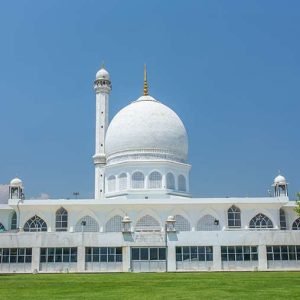
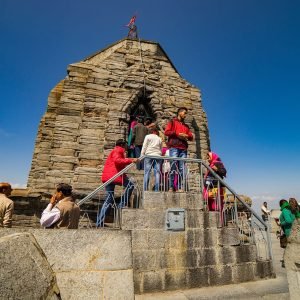
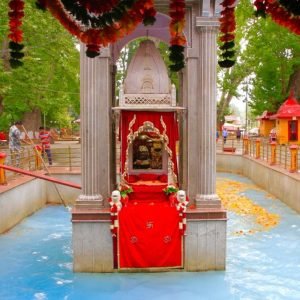
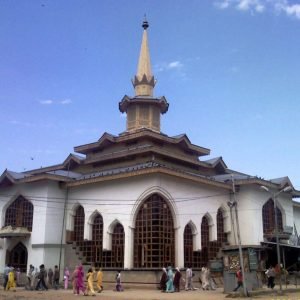
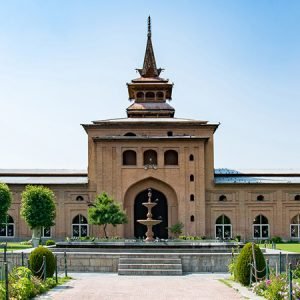
Table of Contents
ToggleKashmir, often called “Paradise on Earth,” is a place of unmatched natural beauty. However, it’s not just the breath-taking landscapes that make the region so rich in spirit, but the spiritual depth stretches across millennia. With its diverse religious beliefs and practices, Kashmir is a land where Hinduism, Islam, Buddhism, and Sikhism meet, making for a unique spiritual tapestry. The valley is full of religious places, holding an important place in the lives of people in Kashmir. Both locals and tourists and pilgrims from other parts of the world come to these destinations.
The religious places in Kashmir are not only great architectural monuments but symbols of faith, peace, and living together of various cultures and traditions. From serene temples in Hinduism to majestic mosques, shrines, and monasteries, they are all the manifestations of the historical, cultural, and spiritual legacy of this region.
In this blog, we will take you on a journey through some of the most revered religious places in Kashmir, offering insights into their history, significance, and the unique atmosphere that each of these sites offers. Whether you are a devout pilgrim or a traveler seeking to understand the spirituality of this enchanting land, Kashmir’s religious sites are sure to leave you in awe.
Shankaracharya Temple: A Spiritual Beacon
The Shankaracharya Temple is a witness to the deep Hindu roots and spiritual history of Kashmir. It is located at an altitude of 1,000 feet above the city of Srinagar and is dedicated to Lord Shiva, one of the principal deities in Hinduism. It was built during the reign of King Gopaditya in the 9th century and is named after the great philosopher and sage Adi Shankaracharya, who is believed to have meditated here.
The temple site atop Shankaracharya Hill offers panoramic views of Srinagar, the Dal Lake, and the Himalayas surrounding it. The approach to the temple is quite strenuous, as one needs to climb 200 steps. However, the panorama view from the top overshadows the effort. Serenity and the sceneries attract thousands of devotees every year, most during the Shivaratri festival, when devotees from all over the country visit to offer prayers.
It’s an example of both traditional Kashmiri and Hindu architectural styles. Inside this sanctum sanctorum lies a very large Shivalingam; its walls have beautiful carvings, and in those carvings and the ancient scripts are woven stories of different forms of Lord Shiva and the different deeds done by Him. The serenity that envelops this temple makes it one of the most sacred Hindu religious places in Kashmir.
Hazratbal Shrine: The Spiritual Heart of Kashmir
The Hazratbal Shrine is one of the most revered Islamic centers of worship in Kashmir. Located on the northern banks of the famous Dal Lake in Srinagar, Hazratbal Shrine is a symbol of Kashmir’s deep Islamic heritage. The shrine holds immense significance as it is home to the Moi-e-Muqqadas, a relic believed to be the hair of Prophet Muhammad.
Hazratbal Shrine is an historical site which dates back to the 17th century. The construction of the shrine took place in the time of Mughal Emperor Shah Jahan. Through time, it has emerged as an important pilgrimage center for Muslims in Kashmir. Its white marble façade and the tall majestic dome that touches the clouds, overlooking the beautiful mountains around Dal Lake, are famous among visitors.
The most prominent feature of Hazratbal is its serene environment, where the visitor can sit beside the lake, reflect, and pray in peace. The shrine has a glass container for the relic, which is shown to the public on special occasions, such as during the Urs of the shrine’s patron saint’s death anniversary. Large congregations of pilgrims and locals throng during the month of Ramadan and Eid to pay their respects and seek blessings.
Jama Masjid: The Jewel of Kashmiri Islamic Architecture
The other prominent religious site in Kashmir is the Jama Masjid in Srinagar. It is built by Sultan Sikandar in the 14th century and is an iconic example of Kashmiri Islamic architecture. The distinctive wooden structure, intricately carved beams, and beautiful cedarwood carvings in the mosque are its beautiful examples of Kashmiri craftsmanship.
The architecture is that of the mosque, which is an interesting amalgamation of Persian, Afghan, and Kashmiri, making it a wonderful and engaging place for worship. It has a large central hall that can accommodate hundreds of worshippers, ornamented with delicate carvings and calligraphy.
Besides the mosque itself, Jama Masjid remains an important center of Kashmir where spiritually religious practice is continued by locals. The whole masjid is very crowded as a result of people congregating for five regular offered prayers and on Friday during congregational prayer while Jama Masjid becomes more centrally placed in the minds and thoughts of the residents while many thousands of the community join to offer collective and joint prayers during any given Eid festival.
Amarnath Cave Temple: A Sacred Pilgrimage of Devotion
Amarnath Cave Temple is one of the most renowned Hindu pilgrimage centers in the world. It is located in the rugged mountains of the Anantnag district, at an altitude of over 3,800 meters, dedicated to Lord Shiva. What makes this temple unique is the naturally occurring ice formation of a Shivlingam, which grows and shrinks with the waxing and waning of the moon.
The Amarnath Yatra is an annual pilgrimage that attracts hundreds of thousands of devotees who take on a challenging journey to the cave. The trek may be physically demanding, yet the pilgrims are carried through steep terrain, high altitudes, and very harsh weather conditions. These are the conditions under which they are willing to tread their way to witness the divine spectacle of the ice Shivlingam.
The Yatra is held over the summer months, but the temple is open just for a few weeks in that year. Pilgrims travel in groups, depending on which of the major routes from Pahalgam or Baltal either of them starts from and reaches the cave. “The Amarnath Yatra is an emotional trip for most pilgrims so that they may attain spiritual purgation and fulfillment for their wishes.”
Vaishno Devi Temple is a Journey of Faith:
Although technically in the Jammu region, it is an important shrine for Kashmiri Hindus. The temple is dedicated to Goddess Vaishno Devi, who is an incarnation of Goddess Durga. It is one of the most visited pilgrimage sites in India.
The temple lies on the Trikuta Mountain, and pilgrims undertake a journey to reach the shrine, which involves a 13-kilometer walk through mountainous terrain. The route is lined with shops, rest stops, and prayer areas, where pilgrims can take some time to rest, pray, and seek divine blessings. For many, this journey to Vaishno Devi is a life-changing experience, symbolizing a test of faith and perseverance.
Once the pilgrims attain the shrine, they may visit the holy cave where they would be able to pay respects to the goddess. During Navratri festival time, the Vaishno Devi Temple is on an especially busy spree. Here, thousands of devotees make the pilgrimage and try to seek the blessing from the goddess.
Shahi Hamdan Shrine: Soul of Sufism
The Shahi Hamdan Shrine is an important religious site for the Muslims of Kashmir, and the followers of Sufism. It is dedicated to the 14th century Sufi saint, Sheikh Noor-ud-Din Noorani, also known as Shahi Hamdan, who is said to have been a great icon in the spreading of Islam in Kashmir. His teachings were more or less about unity, love, and tolerance, and therefore, he is highly respected as the patron saint of Kashmir.
The shrine, near the Dal Lake, is a marvel of architecture with delicate wooden carvings and a serene atmosphere that reflects the mystic teachings of Sufism. Thousands of pilgrims visit the Shahi Hamdan Shrine, especially during the annual Urs (death anniversary of the saint), where devotees gather for prayers, feasts, and Sufi music.
Makhdoom Sahib Shrine: A Place of Peace and Reflection
Makhdoom Sahib Shrine is another prominent shrine dedicated to Makhdoom Shah, one of the more popular Sufi saints in Kashmir. Situated atop a hill overlooking the city, the shrine stands as a peaceful abode for those seeking spiritual peace and introspection. It is the teachings of Makhdoom Shah emphasizing peace, love, and devotion to God that make him so popular in this region.
The shrine is a place where Muslims and Hindus go to perform their prayers with a smile on their face. Its simple yet very elegant architecture accompanied by the lovely gardens offers a serene view for any visitor. Urs, annually, is at its busy time when lots of devotees come there to perform their prayers at the place of the great saint.
Buddhist Monasteries: Tranquil Kashmir Spirit
Besides this, Kashmir houses a number of ancient Buddhist monasteries. They provide a perfect serene abode for spiritual peace for people. One of the most important and prominent sites for Buddhists in this region is Thiksey Monastery in Ladakh. It is known for housing a colossal statue of Maitreya Buddha and the views of surrounding mountains.
Other important monasteries in the region are Hemis Monastery, which hosts a colorful Hemis Festival, and Spituk Monastery, which is situated on a hilltop and commands a panoramic view of the Zanskar River. These Buddhist monasteries are not only places of worship but also centers for meditation and spiritual learning. The peaceful and tranquil surroundings of these monasteries make them ideal places for reflection and introspection.
Conclusion: Tapestry of Faith and Spirituality
Kashmir’s religious places are an epitome of the region’s cultural and spiritual heritage. Whether you are visiting the sacred temples, mosques, shrines, or monasteries, each place holds deep significance and provides a unique experience of spirituality and devotion. The diversity of religious practices, combined with the serene landscapes of Kashmir, makes these religious sites even more captivating and meaningful.
Kashmir’s religious places are not just destinations for pilgrimage; they are symbols of Kashmir’s historical legacy, peaceful coexistence of different faiths, and deeply rooted spirituality of its people. For those seeking spiritual enlightenment, peace, or simply an understanding of the region’s rich cultural heritage, Kashmir is a place where the divine and the earthly meet.
Visiting these sacred places in Kashmir is a journey of not only discovering the region’s spiritual significance but also reflecting on the values of faith, devotion, and unity that have shaped this land for centuries. Whether you are a pilgrim, a history enthusiast, or a traveler seeking serenity, the religious sites of Kashmir will undoubtedly leave an indelible mark on your soul.
FAQ's
1. What are the most famous religious places in Kashmir?
Some of the most famous religious places in Kashmir include:
- Shankaracharya Temple
- Hazratbal Shrine
- Jamia Masjid Srinagar
- Amarnath Cave Temple
- Makhdoom Sahib Shrine
2. What is the significance of Shankaracharya Temple in Kashmir?
Shankaracharya Temple is dedicated to Lord Shiva and offers stunning views of Srinagar. It holds religious importance for Hindus and is a must-visit pilgrimage site.
3. Where is the Hazratbal Shrine located?
Hazratbal Shrine is located on the northern shores of Dal Lake in Srinagar. It is an important Muslim shrine and holds the relic of Prophet Muhammad (PBUH).
4. What is the best time to visit religious places in Kashmir?
The best time to visit religious places in Kashmir is during the summer months, from April to October, when the weather is pleasant.
5. Are there religious festivals celebrated in Kashmir?
Yes, Kashmir celebrates various religious festivals including:
- Eid-ul-Fitr and Eid-ul-Adha (Muslim festivals)
- Diwali (Hindu festival)
- Shankaracharya Day (Hindu festival)
- Urs of Hazrat Sheikh Noor-ud-Din Noorani (Sufi festival)
6. What is the Amarnath Cave Temple famous for?
The Amarnath Cave Temple is one of the most revered Hindu shrines dedicated to Lord Shiva. It is known for the naturally occurring ice Shiva Lingam, which forms every year.
7. Is there a mosque in Srinagar?
Yes, Srinagar has several famous mosques, including the Jamia Masjid, which is known for its beautiful wooden architecture.
8. What is the religious importance of Makhdoom Sahib Shrine?
Makhdoom Sahib Shrine is dedicated to the famous Sufi saint, Sheikh Noor-ud-Din Noorani. It is an important religious site for both Hindus and Muslims in Kashmir.
9. Are there Hindu temples in Kashmir?
Yes, there are several Hindu temples in Kashmir, including Shankaracharya Temple, Kheer Bhawani Temple, and Raghunath Temple.
10. What is Kheer Bhawani Temple known for?
Kheer Bhawani Temple is dedicated to Goddess Raghunath, and it is believed to be a place of divine protection. The temple is famous for its sacred spring that changes color.
11. How can I reach the Amarnath Cave Temple?
The Amarnath Cave Temple can be reached by trekking or by helicopter services from Pahalgam or Baltal during the annual Amarnath Yatra, which typically takes place in July or August.
12. What is the importance of Jamia Masjid Srinagar?
Jamia Masjid Srinagar is an iconic mosque known for its beautiful Kashmiri wooden architecture. It is a significant religious site for Muslims in Kashmir.
13. Are there any religious places dedicated to Sufi saints in Kashmir?
Yes, several religious places in Kashmir are dedicated to Sufi saints, including the shrines of Hazrat Sheikh Noor-ud-Din Noorani (Chak), Sheikh Hamza Makhdoom, and Shams Fakir.
14. What is the significance of the Shankaracharya Hill?
The Shankaracharya Hill, on which the Shankaracharya Temple is situated, holds immense religious significance for Hindus as it is dedicated to Lord Shiva.
15. Where is the Sufi shrine of Sheikh Noor-ud-Din Noorani located?
The shrine of Sheikh Noor-ud-Din Noorani, a revered Sufi saint, is located in Charar-e-Sharif, about 30 km from Srinagar.
16. What are the important Buddhist monasteries in Kashmir?
Kashmir is also home to a few Buddhist monasteries, such as the Hemis Monastery, and ancient Buddhist sites in Ladakh, which are close to Kashmir.
17. Is there a church in Srinagar?
Yes, Srinagar has several churches, including the Church of St. Luke in Shastri Nagar, which is a prominent place for Christian worship.
18. Is the Amarnath Yatra open every year?
Yes, the Amarnath Yatra takes place annually from July to August, attracting thousands of pilgrims who undertake the journey to the Amarnath Cave Temple.
19. What are the key pilgrimage sites for Hindus in Kashmir?
Key pilgrimage sites for Hindus in Kashmir include:
- Amarnath Cave Temple
- Shankaracharya Temple
- Kheer Bhawani Temple
- Raghunath Temple
- Martand Sun Temple
20. What is the role of religious tolerance in Kashmir?
Kashmir is known for its historical role in promoting religious tolerance, where Hindus, Muslims, and Sikhs have coexisted peacefully for centuries. The region has various religious sites representing different faiths.
21. Are there any ancient temples in Kashmir?
Yes, Kashmir is home to several ancient temples, including the Martand Sun Temple, which dates back to the 8th century and is an architectural marvel.
22. What is the connection between Kashmir and Sufism?
Kashmir has a rich Sufi tradition, with many Sufi saints who played a key role in the religious and cultural history of the region. Their shrines, such as those of Sheikh Noor-ud-Din Noorani, are significant pilgrimage sites.
23. Is there a Jain temple in Kashmir?
While there are no major Jain temples in Kashmir, there are some ancient Jain ruins in the region, particularly in areas near Ladakh.
24. What is the religious significance of the Tulmulla village in Kashmir?
Tulmulla is home to the Kheer Bhawani Temple, which is one of the holiest shrines for Hindus in Kashmir. Devotees gather here annually to offer prayers and seek blessings from the goddess.
25. How can I plan a religious tour in Kashmir?
To plan a religious tour in Kashmir, you can:
- Identify key religious sites you wish to visit.
- Research local transportation options (taxi, bus, or private car).
- Check for festivals or events during your visit to experience the local religious culture.
- Ensure you have the necessary permits, especially for the Amarnath Yatra.
How to book Tours for Ladakh with Charzan Holidays?
For a seamless and exceptional booking experience, contact Charzan Holidays at reservations@charzan.in or call us at +917889504310.


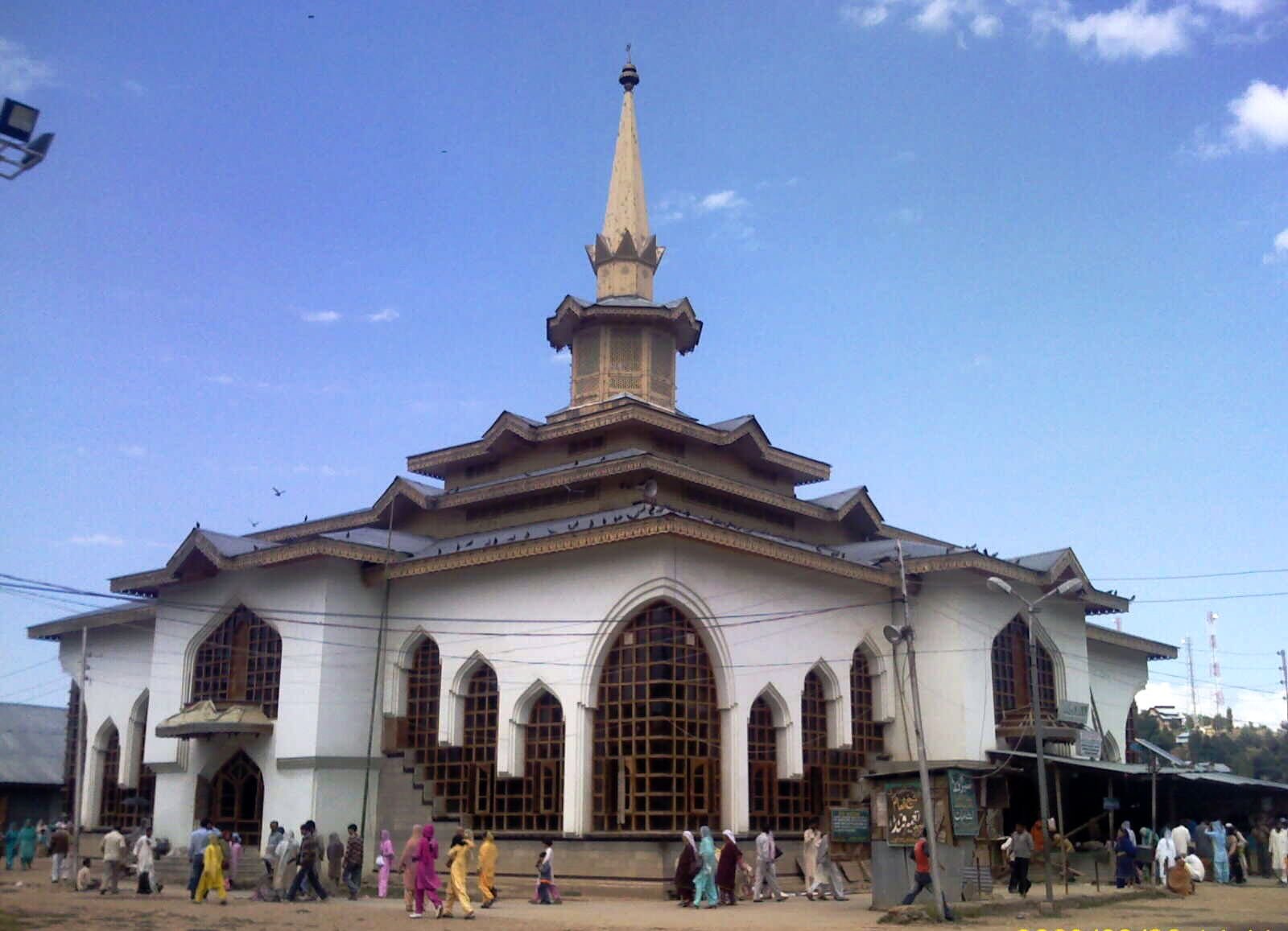
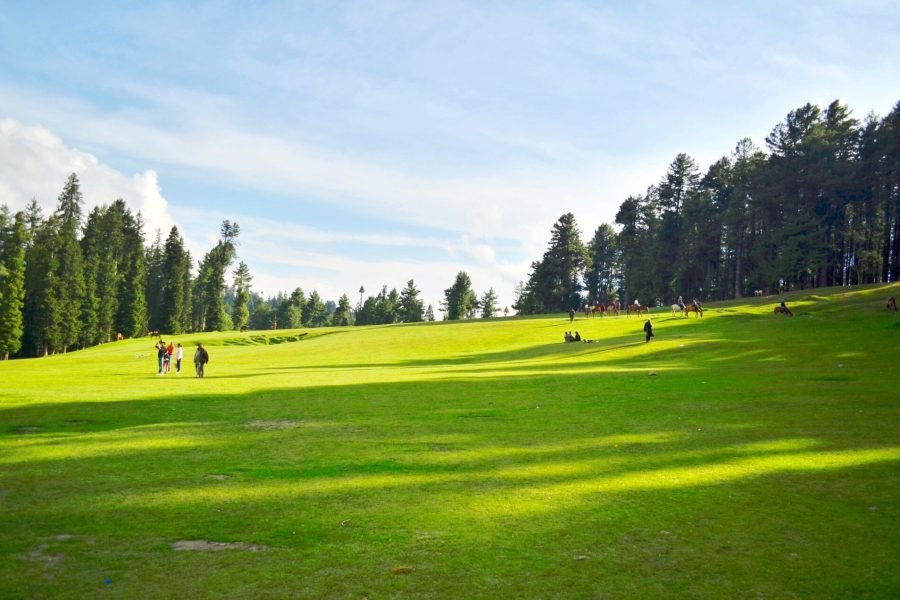
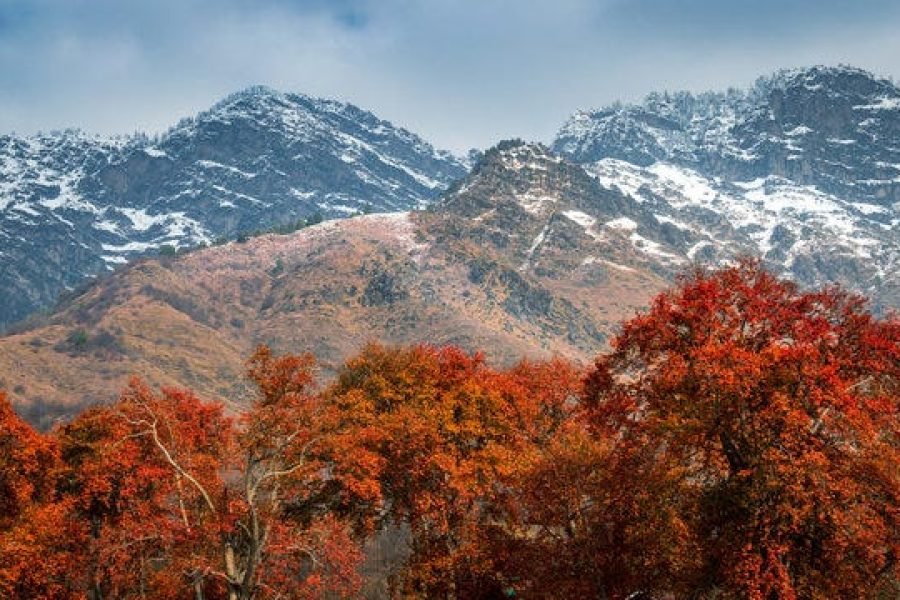
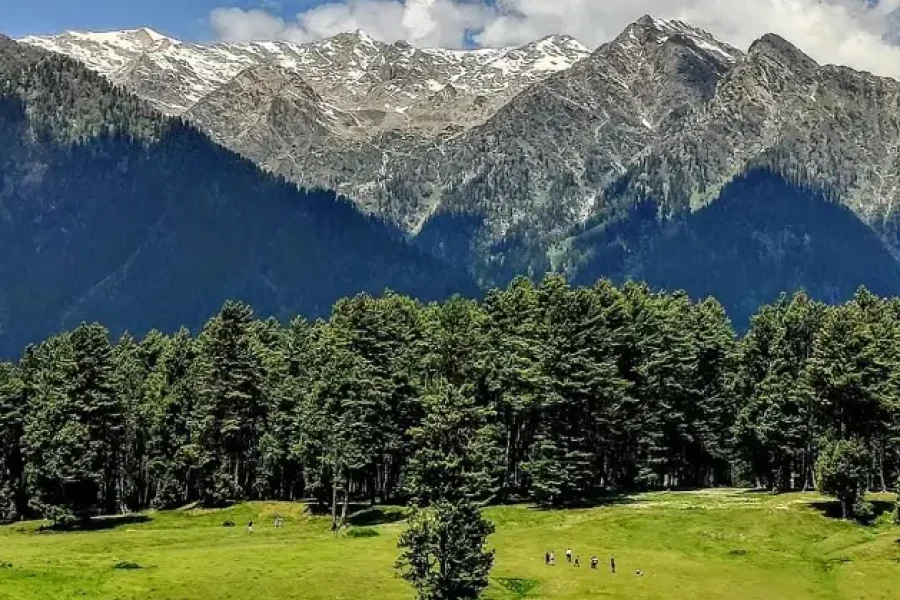
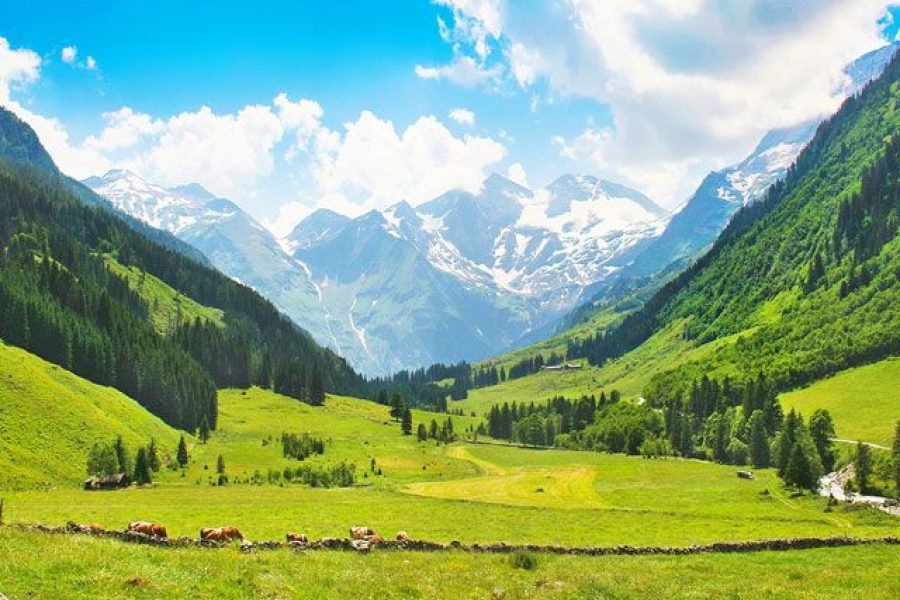
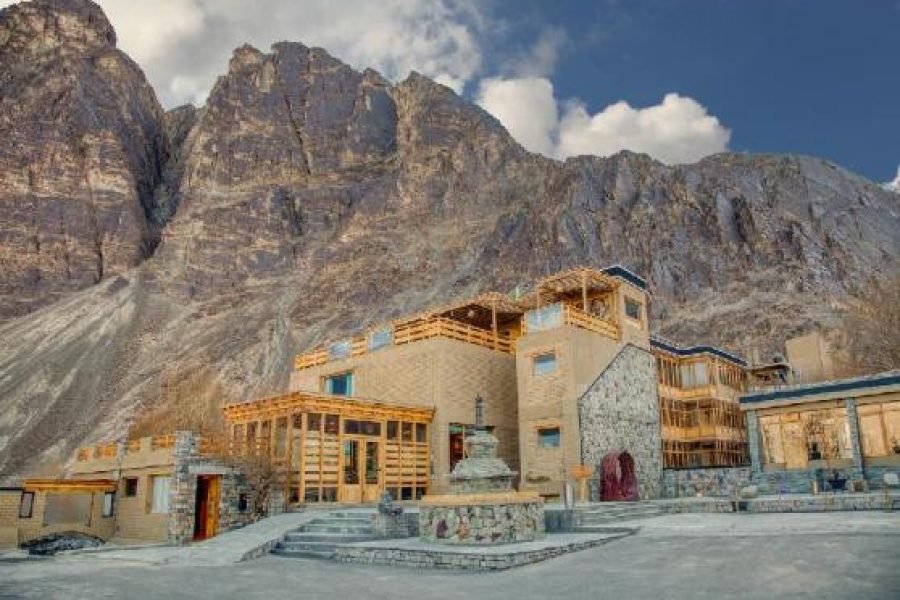
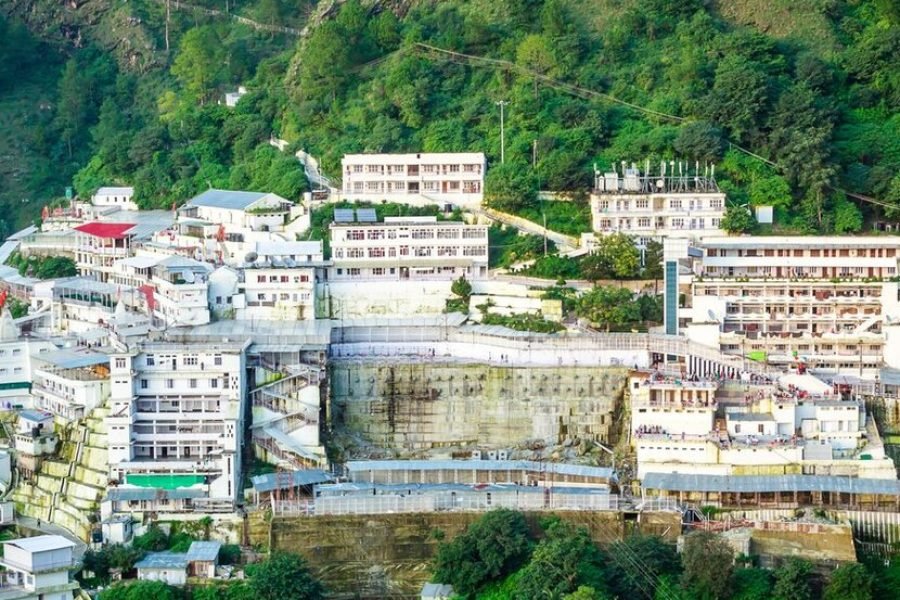
0 Comment